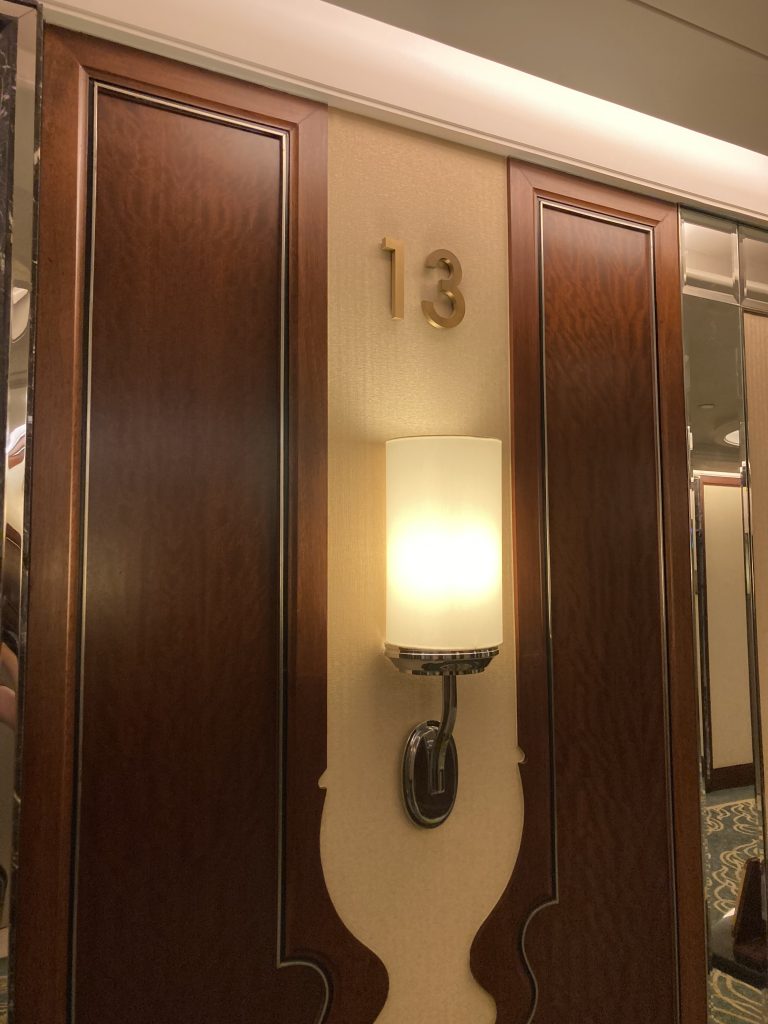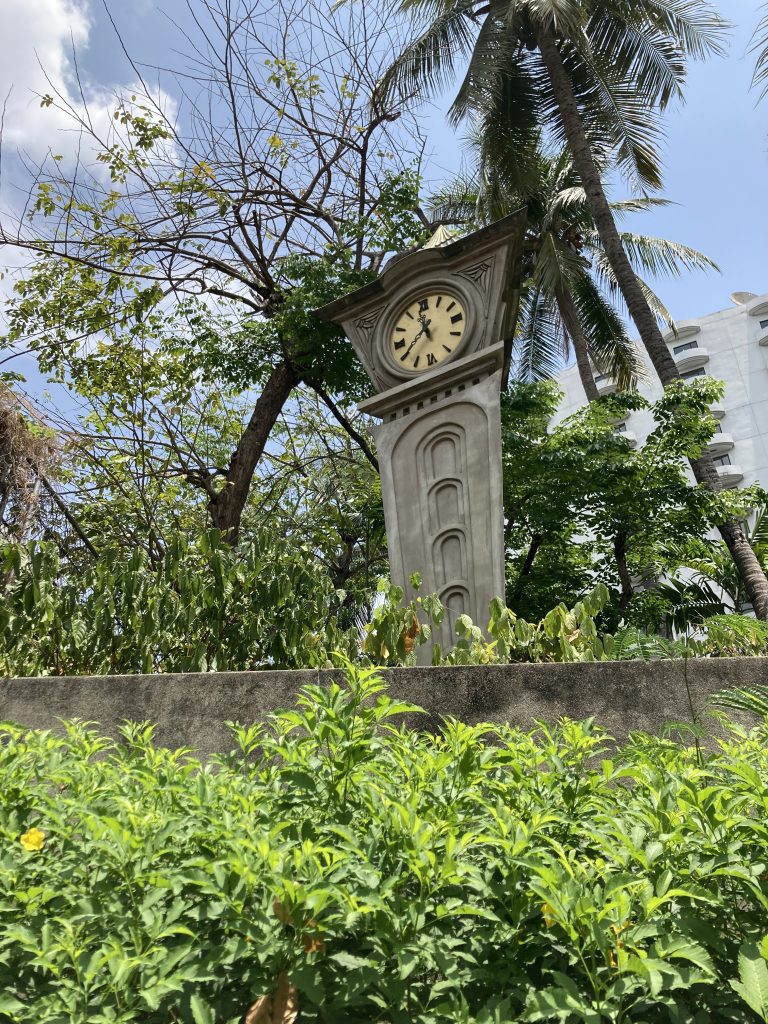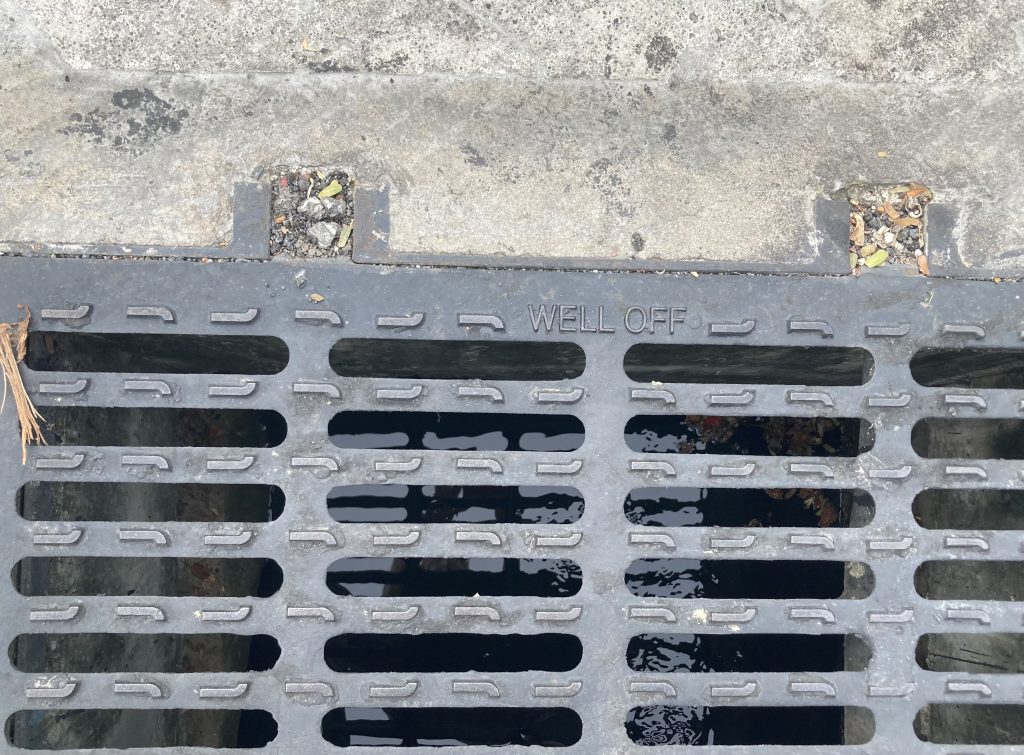I’ve let myself get out of shape somewhere along the way. It may have started when I built the bike- before that I’d been walking and hitchhiking and lugging everything I owned on my back. I was fit, for a while, and then a little sickly. A little worn down. Tired. When I built the bike, some part of me decided it would never approach that low weariness again.
The truck, before all that, just wouldn’t go certain places. It was big and heavy and anything rougher than freeway would shake pieces of it off onto the shoulder. Sometimes those pieces were important so, though it theoretically was capable of four-wheel drive, I rarely risked any road that might require it. I was fitter, then, too. Healthy, even.
The bike has encouraged me to keep more than I can carry and it manages to reach places the truck wouldn’t. It’s held together surprisingly well. The bike has made me lazy and so, in climbing to my spot in ‘The Slumber Complex,’ I approach that old weariness faster than I imagined was possible.
‘It must have taken some doing to think of a name like ‘The Slumber Complex’ for a structure that is just a bunkbed taken to an unwarranted extreme. Dozens of beds wide, hundreds of beds tall, the addition of an exterior shell in 2017 makes ‘The Slumber Complex’ less like a bunkbed and more like a shitty hostel than ever before. It is the nearest thing to a human hive that has yet existed due, in part, to a work-to-stay policy with a focus on expansion.
In plain terms: you can stay however long you want if you build yourself a new bed each night. A lot of people are more than happy to take ‘The Slumber Complex’ up on that offer, and with the shell in place, the interior has taken on a density some might call unsustainable. The current state of ‘The Slumber Complex’ is difficult to describe. It is as wide as a field, as tall as an office building, and as tenuously creaking as an old home’s wooden staircase. Traversing it is like climbing a tree- like waking in the middle of the night during a sleepover, having to tip-toe over the unconscious bodies of friends to reach the bathroom.
There is no bathroom, here, reader, only designated overlooks and the filthy safety nets below them.’
I took a picture of the board map in the lobby, both for reference and to preserve a sense of ‘The Slumber Complex’ at what must be the beginning of its decline. The old map has been annotated and the annotations have seen so much further annotating that it’s difficult to read two-dimensionally. I noted that bunks used to follow a fairly simple coordinate pattern, something like 12-1-3 would be the first bunk in the third row on the twelfth level. Now there are so many partial levels and rows that my own bunk assignment is: 27JA-172R-13F/F.
There’s an app that’s supposed to tell me where I’m going but it asks for access to my photos, my microphone, my camera, and just about every other app I have installed as soon as I open it. Once I deny the permissions, the interactive map functions so slowly that I wonder if it’s sulking. I delete it and try to make sense of the physical signage instead, working my way up a few levels, and then wandering between staircases as a means of resting. By the time I’ve reached the 14th level, I seem to have found my general interior zone. As far as I cant tell, the letters indicate bunks that don’t correspond to the original, whole-number system and work roughly left-to-write (or down-to-up if we’re talking altitude). Forward slashes indicate bunks that crisscross, which seems to be a way to fit beds almost directly on top of each other without smothering the visitor on the lowest bunk.
I pause on the 16th level to congratulate myself on cracking the code and to drink a soda that I’d been saving for dinner. I’ve hardly turned the cap when the Stranger appears out of nowhere and kicks me over the nearest railing.
I realize, in the first second of that fall, that understanding ‘The Slumber Complex’s’ system and knowing where I am within it are two very different things. Facing upward, I have no idea whether the drop will be a yard or fifty feet. It’s with mixed-emotions that I slam onto a sub-floor that’s been relegated to upper level-15. My momentum carries me over another ledge and I bounce downward like a ball in a pachinko machine, cracking ribs and twisting limbs along the way.
Between falls I become aware of a black cloud above me- the Stranger’s rabbit, pulling its dark, silken fur through the bunks in pursuit. I plummet, again, land, and roll into a railing, finally coming to a stop on my back. The rabbit leaps down on top of me and the world goes dark. It’s almost peaceful until the black rabbit begins to burrow into my chest.
I try to pull the thing off me but each handful of fur ends up being too long to create any tension. The rabbit’s body evades my fingers, even as I scrape them over the bright spot of pain where it’s landed. Between heartbeats, I wonder if it’s already inside me, if it’s worked its way under my ribcage or into my stomach.
Then, the black rabbit squeals and the veil lifts. ‘The Slumber Complex’ shivers and creaks about me as other visitors clamber between bunks to see what the ruckus is. They help me to sitting. They assume I stepped wrong and slipped over an edge. The Stranger and his rabbit are gone again.
“Fuck!” Someone shouts. “What the hell is that?”
I push a hand away and make it to my knees to see what he’s pointing at. It’s only Hector, chewing a mouthful of long black fur.
-traveler





